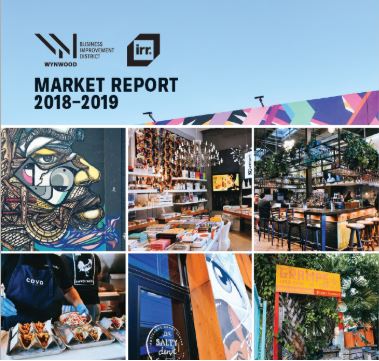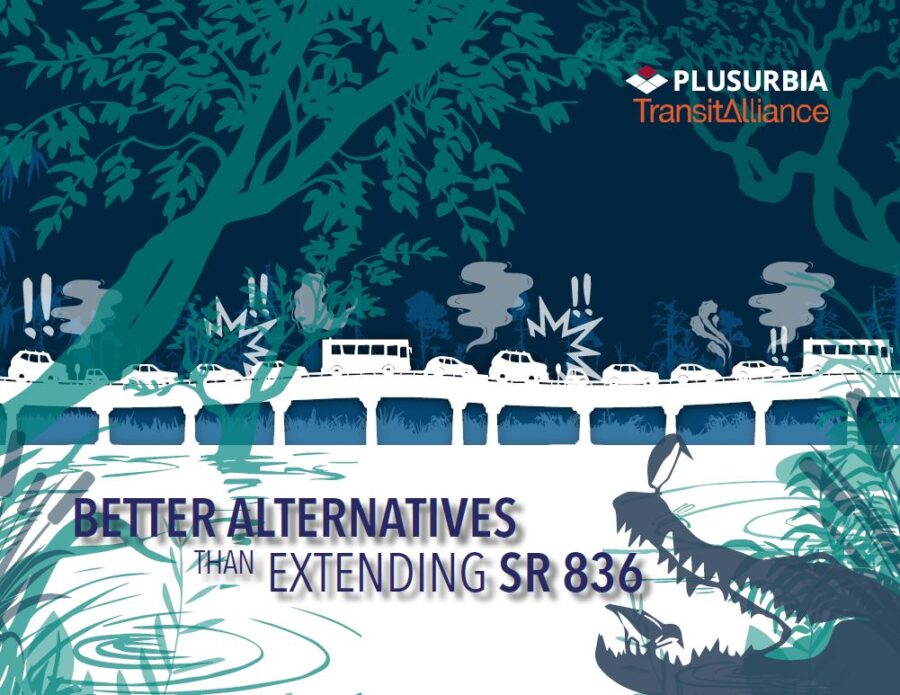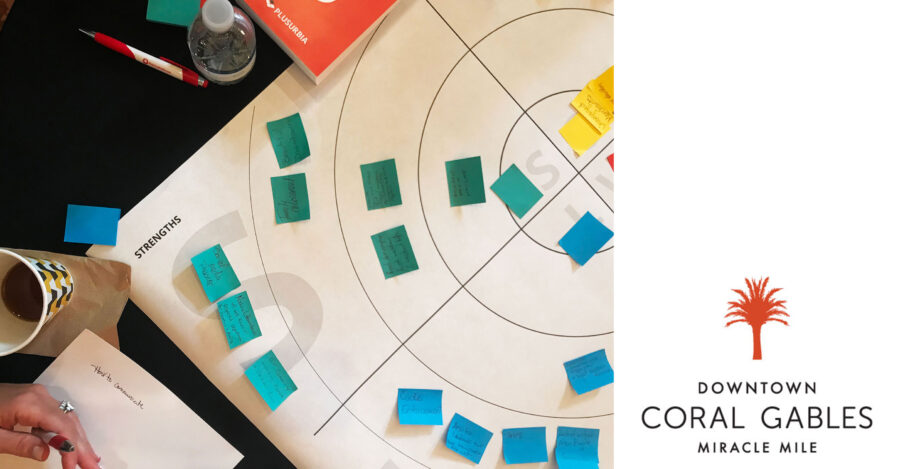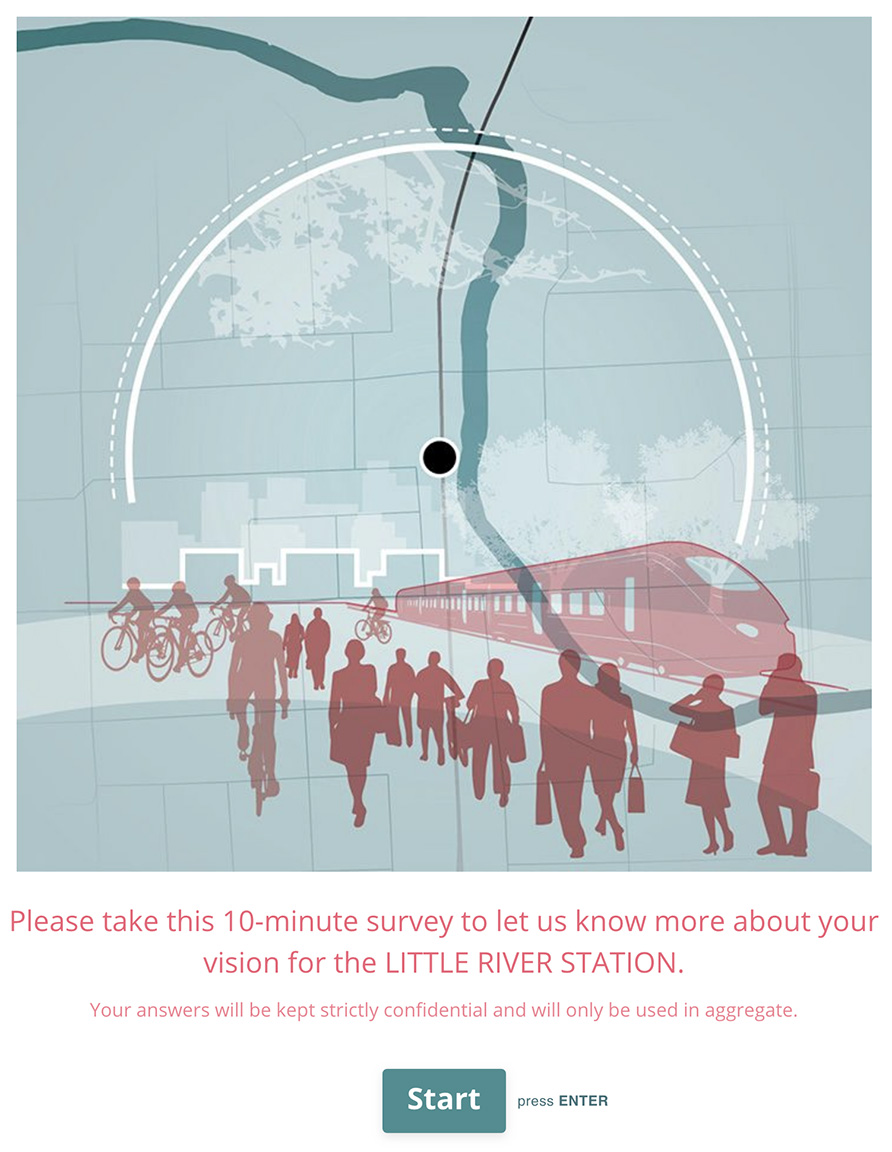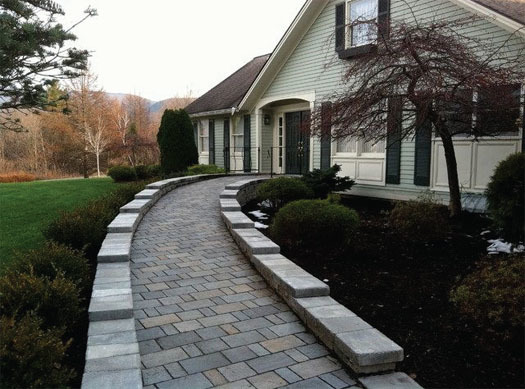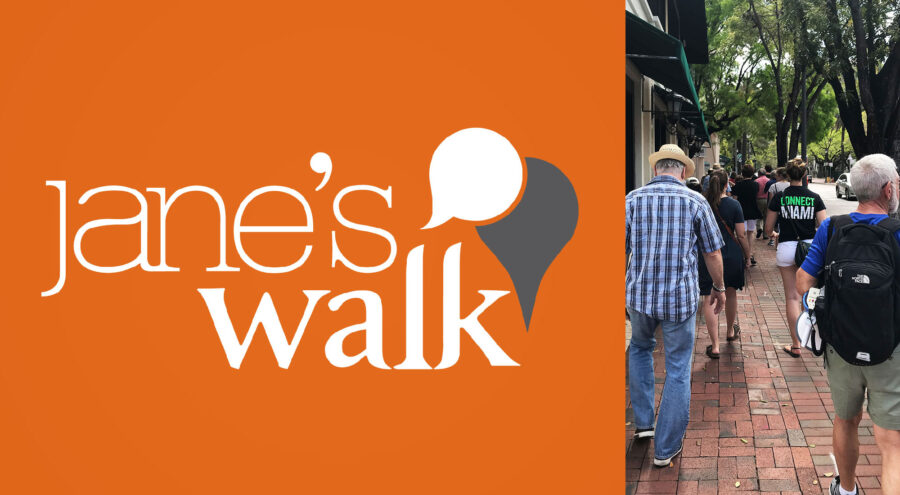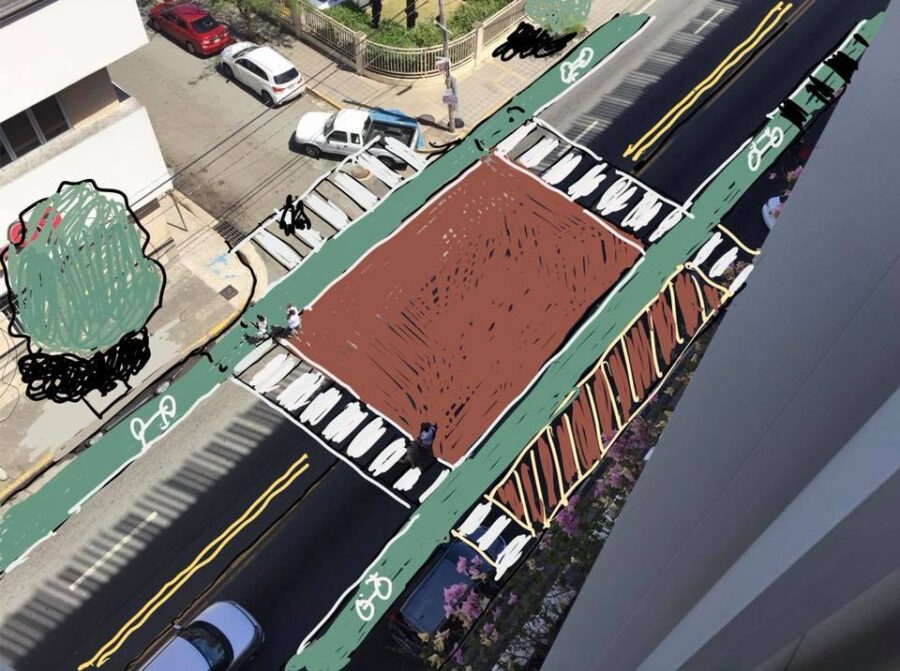our
news
AWARDS, ACCOLADES, PUBLICATIONS AND NEWS.
PlusUrbia’s best work is born of a healthy, intense collaboration with the public and private sector. Our work with the Wynwood Business Improvement District was a perfect combination of collaboration with private and public sector visionaries on the BID, with the City of Miami and from the Akerman law firm’s land use practice.The resulting Wynwood Neighborhood Revitalization District (NRD) envisioned a vibrant and eclectic person-first district that is walkable, innovative and filled with mixed-use development, 24-hour activity and a healthy balance of land uses.We were proud when our innovative approach to shared parking, micro units, transfer of development rights and preservation of legacy buildings and businesses was honored with the American Planning Association’s Gold Economic Development Award. The national APA award is the highest honor in the urban design profession.But we are even more gratified of our winning collaboration on the NRD, thanks to the BID’s recently-released Market Report. The report, created by Integra Realty Resource, basically proves that our work has resulted in virtually unmatched economic activity – in a district that was a mix of warehouses and light industry not that long ago.The best news in the report is that our goal -- to create a live/work/play neighborhood to balance the artistic, restaurant and retail uses – has come true in just a few years. The report shares dozens of facts that demonstrate that Wynwood already is one of the most valuable neighborhoods in Miami. And the district has a healthy mix of chip projects, all properly-scaled within the BID boundaries thanks to our regulations, in the pipeline for years to come. To read the BID’s overview, and the full report, click https://wynwoodmiami.com/wynwood-market-report-confirms-districts-transformation-into-true-live-work-play-neighborhood/
The PlusUrbia team supports smart growth, walkability, complete streets, and Transit Oriented Development as solutions to our region’s traffic congestion. We applaud the leadership of Miami-Dade County trying to resolve traffic issues; the SMART Plan is an excellent step in the direction of giving people mobility options beyond the automobile.That is why we continue to seek alternatives to the planned southward expansion of 836 over environmentally-sensitive land. We respectfully believe, and many studies prove, that adding more lanes does not solve traffic congestion.We commit to working with Miami-Dade and regional officials to give residents the benefit of different approaches to mobility. We will continue to collaborate with expert partners to explore multimodal solutions to traffic congestion that is negatively impacting our quality of life. [caption id="attachment_2991" align="aligncenter" width="702"] As seen in the graphic above, adding to the flow of traffic while maintaining the same number of exit points will cause more congestion and backflow of traffic.[/caption][caption id="attachment_2986" align="aligncenter" width="703"] The graphic above maps out the several transit opportunities that have already been studied and proposed in Miami-Dade County to ease commute times. These are viable alternatives that are more efficient and environmentally friendly than expanding and extending highways for vehicular traffic only.[/caption]
Check out the videos below to learn more about how special Calle Ocho is and what it means for people in Miami!PlusUrbia's Principal, Juan Mullerat, was happy to contribute to the video to express why he and his family value Calle Ocho and Little Havana so much. Also sharing their love for one of Miami's iconic main streets are local developer and owner of the popular bar Ball and Chain in Calle Ocho, Bill Fuller, and Viernes Culturales Executive Director, Pati Vargas.Thank you, Christine Rupp, Executive Director of Dade Heritage Trust, for putting together these videos to show how wonderful Calle Ocho is and how important it is to preserve its vibrancy, heritage, and character. https://www.youtube.com/watch?v=5Es5l8gFLVE&feature=youtu.behttps://youtu.be/G9ib1MLwlY0
The Coral Gables BID hosted a workshop in which merchants and property owners came together to share their vision for the future of the Coral Gables Downtown. PlusUrbia Design helped facilitate the workshop, which was held at the Coral Gables Museum.
[typeform_embed type="embed" url="https://plusurbia.typeform.com/to/T9QU5b"] Please follow this link to provide an email and stay informed about the progress of the project and upcoming meetings.
By Steve Wright and Heidi Johnson-WrightPhoto courtesy Brickhouse Design GroupCourtesy of Concrete ChangeCourtesy of USDAWhen you were an up-and-coming young professional, you bought a house. Not just any house — your dream house. You lovingly decorated it and put your mark on it. Later, you married and raised your children in this house. Twenty years later, you owned it outright.Now you and your spouse are in your 60s, and you have every intention of living the rest of your days here. Then life happens. You’re diagnosed with a health condition which requires you to use a wheelchair for mobility. Suddenly, your house full of memories — where you feel safe, around which you’ve built a loving network of friends and neighbors — is no longer a home.Nearly 90 percent of people over age 65 want to age in place.You cannot get to your master bedroom and its en-suite bathroom. Your home has no bedrooms on the first floor and only a half bath. All first floor doorways are too narrow for passage of a wheelchair. And the four steps at the main entrance mean you can no longer enter and exit when you please. You and your spouse will have to move elsewhere, simply because your home is lacking a few design tweaks that could have avoided having to leave it all behind.According to a 2011 survey by AARP, nearly 90 percent of people over age 65 want to age in place. Eighty percent believe their current residence is where they will always live.“I think the aging-in-place movement is an important force that is re-shaping people’s perception of home design,” said Michael Saunders, a home accessibility consultant from the Toronto, Canada area. Looking for a forever home“A growing number of young homeowners are citing aging in place as a motivation behind renovation decisions. I think young homeowners are seeing the difficulties older generations are encountering in adapting their homes to work long-term and are sincerely interested in correcting these issues now. This could really open a door for universal design to become a mainstream trend, even possibly become a new standard for how houses are designed,” Saunders said.So why does the above scenario play out again and again in the United States?The Americans with Disabilities Act and the Fair Housing Act protect the rights of people with disabilities. However, neither of these federal laws requires any accessible features in single-family homes built by private developers. Approximately 67 percent of U.S. housing units are single-family homes.Photo courtesy of Brickhouse Design GroupPhoto courtesy of Brickhouse Design GroupA growing number of young homeowners are citing aging in place as a motivation behind renovation decisions. Out of this inequity and the frustration of disabled folks and their families, the visitability movement was born. In the 1980s, grass roots disability advocate, Eleanor Smith, founded an organization called Concrete Change. Its mission was to advocate for a few basic changes to homebuilding. These changes would provide people with disabilities not only accessible homes to live in, but also would allow them to visit homes of friends and family. The term, visit-ability, was adopted to emphasize that the goal is not simply more homes for folks with disabilities, but rather minor yet significant across-the-board changes to home design. Thus, houses are accessible to both residents and visitors.“When someone builds a home, they’re not just building it for themselves — that home’s going to be around for 100 years,” said Smith, in a 2002 New York Times interview.Designing for the futureSo what does a visitable home look like? The path from the driveway through the front door is lightly sloped or level and without steps. Once inside, all doorways and hallways are wide enough to comfortably accommodate a wheelchair. The first floor will have at least a half bath. While more accessible features such as a roll-under kitchen sink and a zero-step back door would benefit people with disabilities, visitability proponents typically limit the focus to these elements so as not to alienate home builders and buyers. Asking for too much could mean getting nothing at all.This basic shell of access allows formerly non-disabled people and families with disabled children or grandparents to remain in their homes. When these design features are incorporated from the outset they add little, if any, cost. They avoid expensive renovations, relocating to a different house, living in a home with barriers which endanger health and safety, or moving to a nursing home.“Designing from scratch is such an advantage to the homeowner and is a crucial opportunity to plan ahead for a whole array of possibilities,” said Saunders.Saunders named key things that homeowners and designers should consider:Zero-step entries are preferable throughout the house, but priority should be given to the home’s main entrance. Retrofits can make a side or rear entry accessible later on, but having everyone use the same main entrance regardless of ability promotes inclusion.The main floor layout should include some extra room in spaces like bathrooms. A flexible layout can make future renovations much easier. This includes keeping electrical, structural and HVAC elements out of a particular wall that may need to be eliminated or relocated later, or including stacked closets with knock-out floors between for a future elevator rough-in.Kitchen cabinets, counters and appliances should be able to be used by all. Many kitchen companies offer clever products that fit the bill. Adequate maneuvering room is essential, so avoid filling the space with things like over-sized islands.Photo courtesy of Brickhouse Design GroupDesigning from scratch is a crucial opportunity to plan ahead for a whole array of possibilities. “Planning for persons with disabilities and seniors always starts with who the design is for and what type of durable medical equipment they are using, said Todd Brickhouse of Brickhouse Design Group. His company has provided architectural and design services for over 35 years to clients so they can live an independent, empowered life.The other crucial question is: “What areas are most important and can (the client) function without assistance or is there a caregiver?”“The cost for a home that’s new as compared to a retrofit would be less expensive since demolition and removal is not required when building new. As an example, if you were constructing a new doorway …, you would install a larger doorway, which will require less studs and sheetrock, so you’re saving money there and making an interior doorway easier for a person using a wheelchair,” said Brickhouse.“You should also recess the door saddle so there isn’t a bump to travel over. This would apply to constructing a new front entrance. Berming the walk using the landscaping to the entrance of the home using flat stone, pavers, or just concrete will make the slope up from the driveway or sidewalk nicer and it will eliminate a ramp. The design now looks like anyone’s home while making the home accessible,” he said.Photos courtesy of Fairfax County, VA Photos courtesy of Fairfax County, VAPhotos courtesy of Brickhouse Design GroupPhotos courtesy of Brickhouse Design GroupPhotos courtesy of Brickhouse Design Group Bathroom access is always critical, and roll-in showers can provide the most function and “bang for the buck.” But it’s not just about function. Aesthetics matter as well.“Most of our clients are looking for a good-looking space with tile in the shower and good-looking fixtures that provide both a hand-held shower and a rain shower. Towel and medicine storage with good access into the space is very important. The shower design will provide for a 5 feet x 5 feet turnaround in most cases. But in retrofits, it’s not always …possible since space is premium,” said Brickhouse.Brickhouse said that, when retrofitting existing homes, some people with disabilities want to stay on the second floor and preserve the space on the ground level, which often requires installing an elevator. For those who find this cost-prohibitive, it may be easier and more affordable to renovate part of the first floor into a bedroom/ bathroom suite.“Opening a bathroom wall to a hallway or to an adjoining bedroom with the use of a multi-sliding door system — or two, 36-inch swing doors creates an oversized bathroom entrance allowing better access for whatever your maneuvering with,” he said.A number of jurisdictions have passed visitability laws which vary in elements required and housing type affected. In 2014, the city of Austin, Texas, passed a visitability ordinance which requires all newly constructed homes to have 1) 30-inch minimum width door clearance to allow passage of wheelchairs; 2) a bath or half bath on the first floor; 3) doors with easy-open lever handles; and 4) light switches and thermostats mounted at a maximum height of 48 inches.Bathroom access is always critical, and roll-in showers can provide the most function.REALTORS® can help clients find homes that can be easily retrofitted for access.“These things hurt nobody,” Eleanor Smith said of visitability ordinances, in 2002. “And they help a lot of other people.”Retrofits made easyIn most jurisdictions, there are no visitability building code requirements. Yet Michael Saunders believes that REALTORS® can still help clients find homes that can be easily retrofitted for access.Photos courtesy https://accessorydwellings.org /Photos courtesy https://accessorydwellings.org /“The key areas I’d encourage REALTORS® to focus on are entrances, bathrooms, and kitchens, as well as thinking about the ground floor layout and how dependence on a second story can be minimized,” Saunders said.“When it comes to entrances, it’s very unlikely that you’ll find a flush front entry. However, a home with six steps up to the front door is going to require a bigger modification than one with two or three. Likewise, a wood porch is easier and cheaper to modify in an attractive way than a concrete porch.”The ground floor bathroom can be a sticking point, so Saunders encourages REALTORS® to look for size.“The layout of a properly sized bathroom can be tweaked to work, but keep in mind that it’s much easier to relocate a sink than it is a toilet,” said Saunders.Ground floor master bedrooms are very rare. But it’s not uncommon to see libraries, dens or home offices, on the ground floor. Saunders points out that these spaces and oversized rooms can offer an opportunity to carve out a workable ground floor bedroom.Todd Brickhouse recommends looking for a home that is low to the ground and not up a sloped driveway or hill.“Finding a home with larger rooms and wider hallways makes modification easier. If you need a home with two bedrooms and you find one with an extra bedroom that adjoins a bathroom that needs to be enlarged, then buying that home will make your design project easier to do and will give you more options,” Brickhouse said.ADUs aid aging in placePeople with disabilities also are unlocking the potential of Accessory Dwelling Units (ADUs), which are smaller granny flats, carriage houses, converted garages and other habitable units separate from the main house but on the same lot.“Communities find that allowing accessory dwelling units is advantageous in many ways. In addition to providing practical housing options for the elderly, disabled, empty nesters, and young workers, ADUs can provide additional rental income for homeowners,” said a Case Study prepared for the U.S. Department of Housing and Urban Development by Sage Computing.Many older urban neighborhoods have informal ADUs that — if upgraded to meet local building codes as safe dwellings — can add to the affordable housing stock in a community. Juan Mullerat, founding principal of Miami-based PlusUrbia Design, lives in the historic Little Havana neighborhood and is a strong advocate for zoning that allows safe, habitable ADUs.A person with a disability could rent an ADU at below market rates to a health care professional in return for providing personal care services.“ADUs have many positives such as supplementing the income of the homeowner occupying the main house by renting out the accessory unit. For a person with a disability, that rental income can help cover the staggeringly high cost of adaptations to their home — ramps, elevators, accessible bathrooms, or even durable medical equipment such as a power wheelchair or van adapted to transport a wheelchair user,” said Mullerat, whose Urban Design firm has teamed with the National Trust for Historic Preservation to create a master plan for Little Havana in Miami. “Understanding the inherent advantages of legacy buildings and its ADUs provides a ready-made solution for affordable homeownership”.The Little Havana “Me Importa” Master Plan is an action plan whose goal is to benefit tens of thousands of people who live in the heart of city — by providing a framework for development, open space, mobility and identity for Miami’s cultural enclave that includes world-famous Calle Ocho. PlusUrbia’s context-sensitive design advocates for historic preservation, adaptive re-use, ADUs and other tools to reinvigorate and sustain older neighborhoods. The boutique studio’s revitalization work in Miami’s Wynwood arts district has received multiple awards including the American Planning Association’s National Planning Achievement Award for Economic Development Planning — Gold, in 2017.“It is a win-win situation all around: rents average lower than regular units, ADU renters, in turn, bridge the demographic gap in these older communities which creates a much-needed infusion of young talent in the inner city.” Many major markets are virtually pricing students, even young professionals out of their housing markets.ADUs provide an affordable/attainable addition within the already available housing stock,” said Mullerat, whose firm dedicates thousands of hours to community-based pro bono work each year.Mullerat said a person with a disability could rent, at significantly below market rates to a nursing, physical therapy, occupational therapy or medical student/ young professional in return for providing personal care attendant and related services. The medical student/professional gets practical training working with their on-site homeowner, the homeowner gets care, the renter gets affordable housing and the community benefits from having bright young people in the neighborhood helping longtime homeowners remain in their home.Photos courtesy https://accessorydwellings.org/Photos courtesy https://accessorydwellings.org/Steve Wright is an award-winning journalist and the communications leader for PlusUrbia Design, a Miami-based urban design firm that incorporates Universal Design and Inclusive Mobility into its work. Heidi Johnson-Wright is an attorney specializing in ADA issues. She has used a wheelchair for mobility for more than 40 years and frequently lectures on the intrinsic value of universal design and inclusive mobility.Link: http://www.oncommonground-digital.org/oncommonground/summer_2018_fair_housing_and_more/MobilePagedReplica.action?pm=2&folio=52#pg52
PlusUrbia's Maria Bendfeldt is excited to take part in leading a portion of Jane's Walk in Coconut Grove, a walk honoring the memory of urbanist Jane Jacobs. Join us this Saturday May 5 for the walk from 10-11:30 a.m. beginning at Cocowalk.This walk is part of a global walking event known as Jane's Walk, in honor of Jane Jacobs, the author of The Death and Life of American Cities and a pillar of the walkable cities movement. The walk will begin at 10 a.m. in front of Cocowalk. It will be led by Coconut Grove resident Hank Sanchez-Resnik, the founder and president of Bike Coconut Grove, the sponsor of the walk. We’ll explore the commercial heart of Coconut Grove and the numerous major developments under way. There will be stops at several key locations where new buildings are being built, older buildings are being remodeled, and a new vision of Center Grove is emerging. Along the way, the walking group will talk with planners and developers who are behind the changes. The walk will end at St. Stephens Church with a presentation of the master plan for the Grove’s commercial center developed by the Coconut Grove Business Improvement District, accompanied by coffee and refreshments. Ten free copies of The Death and Life of American Cities will be offered to ticket holders. Registration is required. To participate in the walk and obtain a ticket, go to our Eventbrite page: https://www.eventbrite.com/e/a-walk-through-center-grove-what-is-the-grove-becoming-tickets-45493055955
PlusUrbia's Manuel de Lemos has taken it upon himself to propose changes to the urban built environment in his native Puerto Rico for the better.As he mentioned in a Facebook post, the intersection at the Walmart in Santurce is a danger for pedestrians. He called upon applying Complete Streets design guidelines at the intersection to provide a better connection for residents in the community and provided the following sketch: Raising awareness about matters like this can help bring about much needed change in our cities.
PlusUrbia Design is proud to be a member of Transit Alliance Miami.Transit Alliance unites residents, organizations, and businesses to advocate for walkable streets, bikeable neighborhoods and better public transit.The goal of the Alliance’s campaigns is to raise awareness and solve issues to get Miami moving safer, faster and happier.Visit the Transit Alliance at: https://transitalliance.miamiAnd follow it on Twitter at: @TransitMIA
We use cookies
We use our own and third-party cookies to be able to correctly offer you all the functionalities of the website for analytical purposes. You can accept all cookies by clicking "Accept cookies", obtain more information in our
Website Policyor configure/reject their use by clicking on Settings".
Accept cookies
SettingsBasic cookie informationConfirm preferences
This website uses cookies and/or similar technologies that store and retrieve information when you browse. In general, these technologies can serve very different purposes, such as, for example, recognizing you as a user, obtaining information about your browsing habits or customizing the way in which the content is displayed. The specific uses we make of these technologies are described below. By default, all cookies are disabled, except for the technical ones, which are necessary for the website to work. If you wish to expand the information or exercise your data protection rights, you can consult our Website Policy.
Accept cookiesManage preferencesTechnical and/or necessary cookies
Always active
Technical cookies are those that facilitate user navigation and the use of the different options or services offered by the web such as identifying the session, allowing access to certain areas, filling in forms, storing language preferences, security, facilitating functionalities. (videos, social networks…).
Analytic Cookies
Analysis cookies are those used to carry out anonymous analysis of the behavior of web users and that allow user activity to be measured and navigation profiles to be created with the objective of improving websites.
